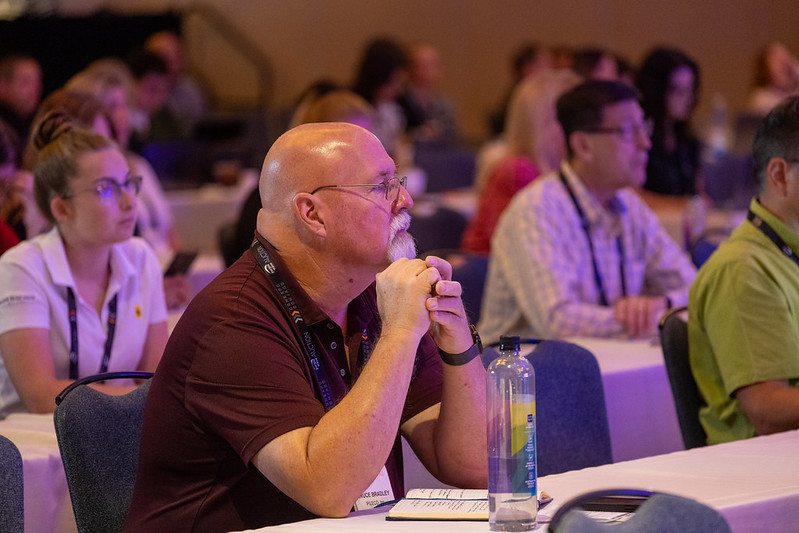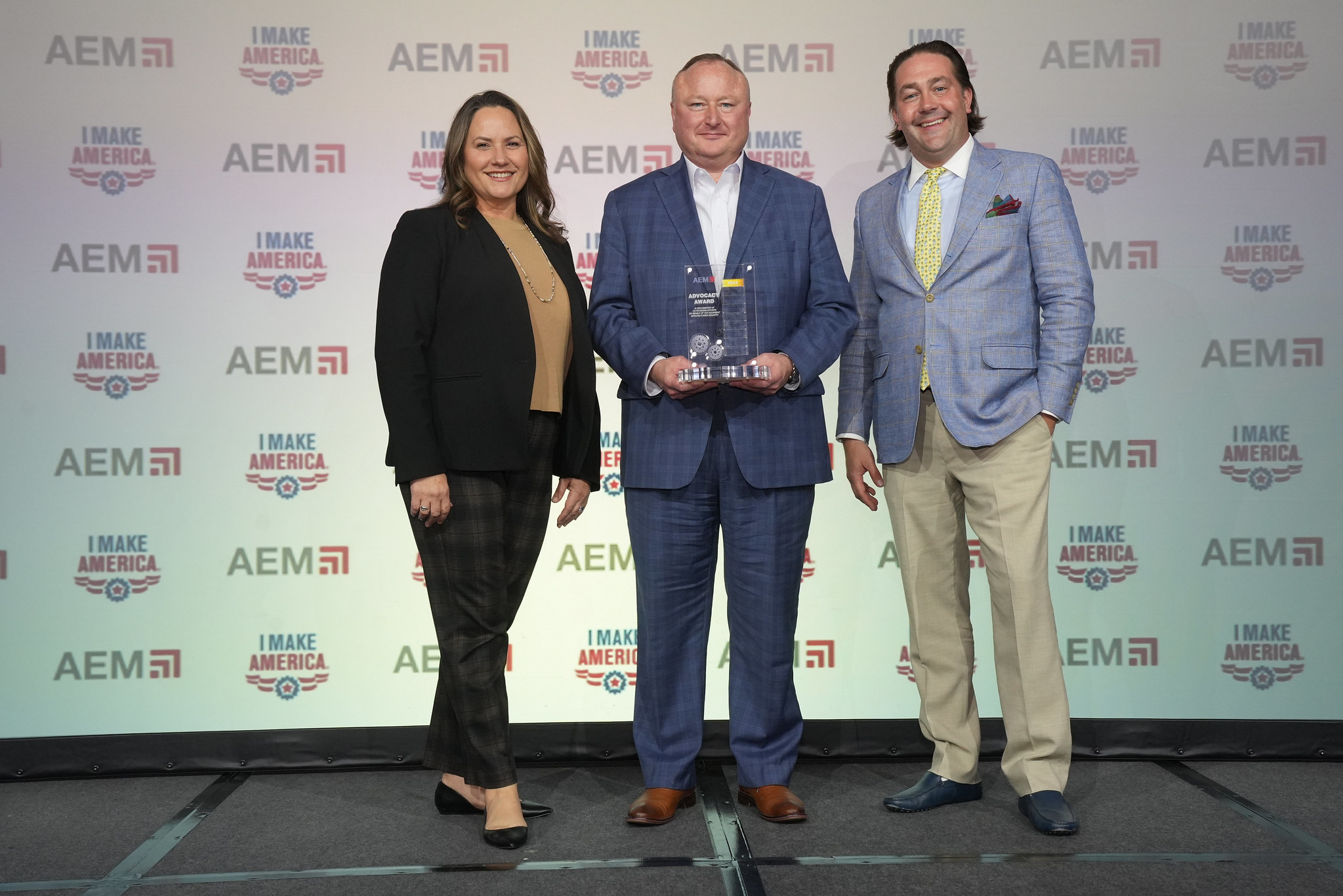By Danny Gavin, Association of Equipment Manufacturers
Much is being made about the skilled worker shortage in manufacturing today, and what companies of all types and sizes can do to attract, acquire, and retain the workforce of tomorrow.
Surprisingly enough, however, there exists within Generation Z an increasingly positive attitude toward manufacturing and – perhaps more importantly – in the coming years, it is predicted that Gen Z will make up a significant segment of the manufacturing labor force.
It’s no secret drawing in and developing Gen Z employees is an imperative task for the manufacturing industry, as Baby Boomers retire in greater numbers every year. With that fact in mind, there are quite a few questions employers should keep front-of-mind as they develop strategies and execute tactics to ensure Gen Z remains interested in careers in manufacturing.
Access more resources and information by visiting the AEM Workforce Solutions Toolkit.
Why is it important to attract Gen Z workers?
It has been shown that the Millennial generation is less interested in the manufacturing sector than Gen Z. Millennials have an overall perception that manufacturing is antiquated, as Gen Z tends to feel like manufacturing is “cool” again. With the integration of technology into manufacturing, Gen Z sees this as an opportunity to work with exciting new technologies and to make a difference in the world. Instead of viewing robots as something that could take their jobs, Gen Z sees them as something to use to their advantage. The interest that Gen Z is taking in manufacturing is a big deal, as they could be the key to revitalizing the industry.
Who are digital natives?
Digital natives are defined as those who were born after 1996. Gen Z represents around 25% of the U.S. population and are considered digital natives. They take technology for granted as a baseline expectation, unlike past generations that have seen it as an added positive. They are more adept at working with computers, AI, and automation than their older counterparts.
Why are digital natives an asset?
- Digital fluency
Gen Z was born into a digital world, and they do not know life before the internet. Because of this, Gen Z is the perfect group to accelerate a manufacturer’s digital transformation strategy. Gen Z not only knows technology very well, but they depend on it.
- Adaptability
Gen Z has grown up in a world where new technological models are constantly rolling out, and where adaptability is a must. Younger workers are more likely to embrace change, and they want to improve their performance by seeking out newer technologies to help them.
- Interest
Overwhelmingly, regardless of skillset, interest is the most important factor. Good workers are workers who are interested and engaged in their field. Gen Z has shown an interest in manufacturing, and this can be fostered by potential employers.
What role do the latest technological trends play?
Manufacturers that are not using the latest and greatest technologies are driving Gen Z workers away from the positions that their companies need so badly to fill. By adopting simple baseline technologies that Gen Z expects out of every employer, and building from there, manufacturers will be better able to draw in and retain their workforce.
Manufacturers themselves need to take initiative if they want newer generations to be interested in manufacturing careers. Dell research has revealed that where Generation Z candidates have a choice of job offers, 91% will go with the company that has a better technology package. Manufacturers cannot wait for newer generations to come to their company and update their technology; instead, they should be updating technology now to draw in workers that can then maintain the technology in the future.
How can the industry draw in younger workers?
The emphasis on college is one factor contributing to the lack of workers coming into the manufacturing field. Schools push students to become “college ready,” and they do not emphasize trades such as manufacturing as heavily in their curriculum. One way that manufacturers can guarantee that students are learning about manufacturing is by visiting schools or partnering with schools to facilitate field trips to manufacturing areas. Engaging with students means that manufacturers can gain more exposure within Gen Z and demonstrate the value of working toward a career in the industry.
How can the industry engage with younger workers?
Manufacturing Day is another way manufacturers can draw in interest from potential Gen Z workers. By partnering with schools, connecting with the community, and showing younger people what improvements have been implemented in the manufacturing sector, manufacturers can surely draw more attention from Gen Z.
In addition, reaching out through social media and engaging with Gen Z students should be at the top of the priority list for manufacturing companies. It takes more than one marketing campaign or hashtag to connect with these potential workers. Establishing a real authentic connection is imperative. Manufacturers can employ humor to connect with Gen Z; most younger audiences enjoy internet humor or will pause their scrolling to view a funny post. Interesting conversation starters and interactive posting can draw students into manufacturing, as most young people have no idea what they want to do in the future.
What is the takeaway?
As Boomers continue to retire from their positions in the manufacturing sector, there should be a continuous effort on the part of companies to try and draw in new workers. Since Gen Z seems to have a more positive view of manufacturing than their Millennial counterparts, organizations would be wise to respond accordingly and – in particular – embrace advancements in technology and social media in order to enhance their workforce development efforts.
For more support, ideas or information, get started by visiting the Workforce Solutions Toolkit or contact AEM Senior Director of Workforce Development Julie Davis at jdavis@aem.org.
For more AEM staff perspectives, subscribe to the AEM Industry Advisor.





